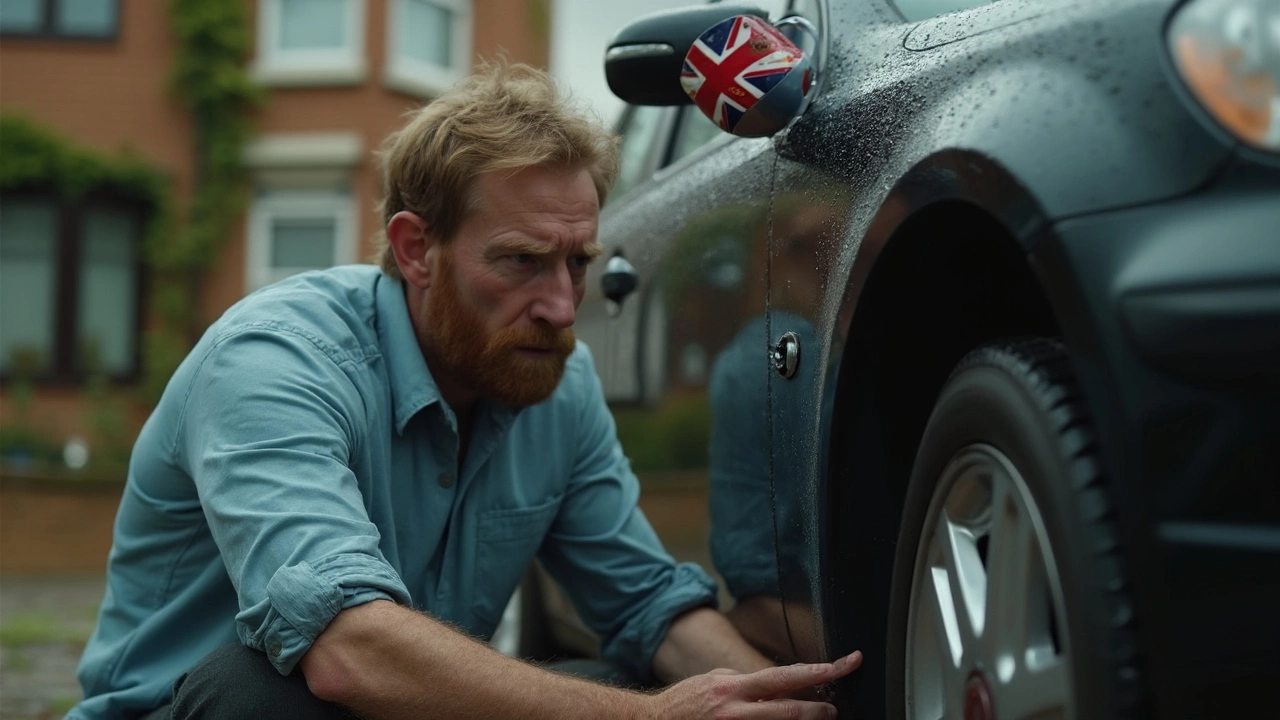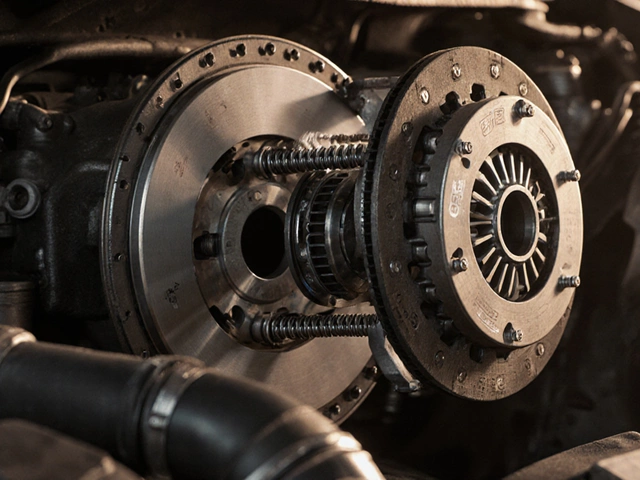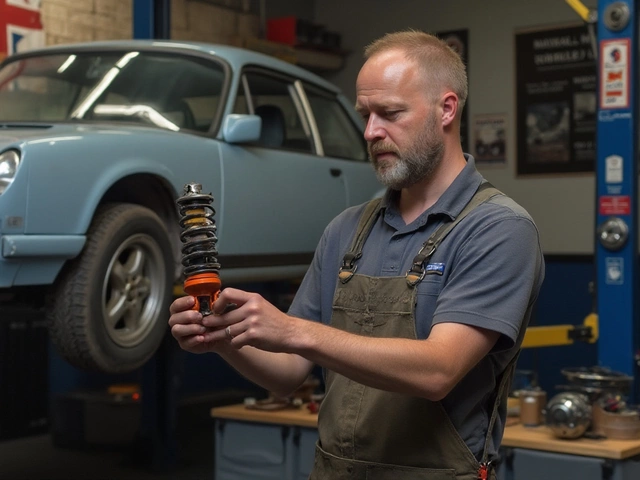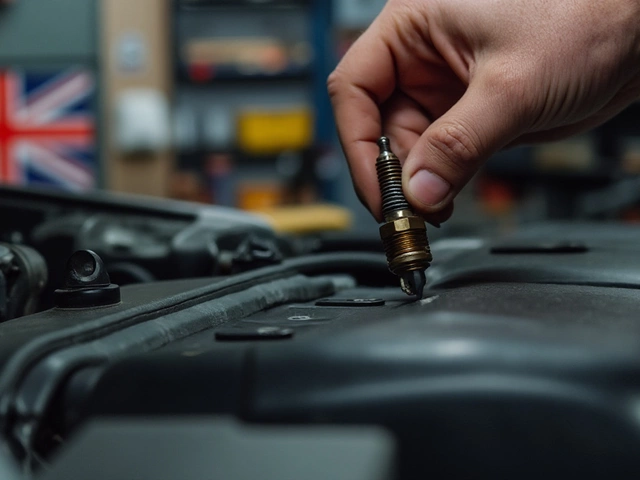Signs of Worn Brakes You Shouldn't Ignore
When you hear a high‑pitched squeal or feel a soft pedal, it's time to check your brakes. Worn brakes can turn a routine drive into a scary stop, and catching the problem early saves money and keeps you safe.
Listen for Noise
A squealing or grinding sound tells you a lot. Squeal usually means the pad wear indicator is touching the rotor – the pad is almost gone. Grinding is worse; it means the metal backing is contacting the rotor, which can damage both parts and cost more to fix.
Feel the Pedal
If the brake pedal feels spongy, goes all the way to the floor, or suddenly becomes soft, the hydraulic system might have air in it or the pads could be worn thin. A firm, short pedal travel is the normal feel.
Another red flag is vibration. If you feel a shudder when you apply the brakes, the rotors are likely warped or the pads are unevenly worn. That vibration can spread to the steering wheel, making the whole car feel unstable.
Pulling to one side is also a warning sign. It means one side is gripping more than the other, often because that side’s pads are thinner. Driving with uneven braking reduces control, especially in wet conditions.
Don't forget the visual check. Look through the wheel spokes – you should see at least a quarter inch of pad material. If the pad is thinner, replace it before you hear the squeal.
Checking for brake fluid leaks is simple but crucial. Low fluid can cause a soft pedal and reduced braking power. Look under the car for wet spots near the master cylinder or brake lines.Temperature can give clues too. After a hard stop, the wheel will feel hot. Overheating can warp rotors and lead to brake fade, where the brakes lose effectiveness.
If any of these signs appear, schedule a brake inspection soon. A professional will measure pad thickness, check rotor condition, and bleed the system if needed. Early replacement keeps stopping distances short and avoids more expensive repairs.
Maintaining your brakes also means keeping the system clean. Brake dust is normal, but a thick layer can hide wear. Use a gentle brush or have a shop clean the calipers during service.
Finally, remember that brake wear can differ between front and rear wheels. Front brakes do most of the work, so they tend to wear faster. Still, rear brakes should be inspected at the same time.
By staying alert to noises, pedal feel, vibration, and visual cues, you can catch worn brakes before they become a safety issue. Keep your car stopping safely, and you’ll enjoy peace of mind on every road.
 18 May 2025
18 May 2025
Brake Pads: How to Tell When It's Time for a Change
Spotting when your brake pads need replacing isn’t always obvious, but it’s critical for your safety and wallet. This article breaks down exactly how to recognize the key signs before you’re left with a costly repair or worse, an accident. Learn what noises, sensations, and even dashboard warnings mean trouble. Check out practical tips you can use right now—no car expertise needed. Make smart decisions and keep your brakes working like they should.
Latest Posts
-

Does a clutch kit really improve performance?
-

Detecting Worn Shocks and Springs in Your Vehicle's Suspension System
-

Most Aggressive Sounding Muffler: What Really Makes Your Ride Roar?
-

Signs Your Spark Plugs Need Replacing and Tips for Maintenance
-

What Are Symptoms of a Fuel Pump Going Out? Signs You Can't Ignore

0